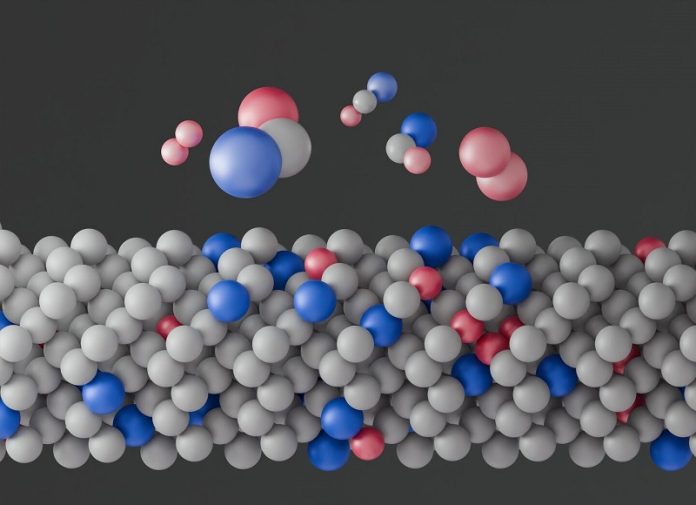
The microchips that power our phones, computers, and countless other devices look perfectly uniform on the outside, but on the atomic scale, they may be hiding secret patterns.
A team of scientists led by Lawrence Berkeley National Laboratory and George Washington University has discovered that atoms in semiconductors arrange themselves in subtle, localized patterns—arrangements that could open new paths for designing advanced electronics, including quantum computers and defense technologies.
Semiconductors are crystalline materials, usually made of one primary element with small amounts of other elements mixed in to adjust their electronic properties.
While the overall crystal structure looks regular, researchers have long wondered whether the “trace” atoms simply scatter randomly or whether they form preferred local arrangements, known as short-range order (SRO).
This kind of ordering had been predicted in theory, but no one had been able to observe it directly—until now.
The breakthrough came thanks to a powerful technique called 4D scanning transmission electron microscopy (4D-STEM), which can capture electron diffraction patterns at extremely fine scales.
Postdoctoral researcher Lilian Vogl, working in the lab of Andrew Minor at Berkeley Lab, was studying a semiconductor sample of germanium laced with small amounts of tin and silicon.
At first, the signals from the trace atoms were overwhelmed by the stronger signals of the germanium. But by adding an energy filter, Vogl was able to sharpen the contrast, and repeating patterns began to appear on her screen.
The faint but distinct motifs revealed that the atoms were not randomly distributed after all—they preferred certain arrangements.
To make sense of the data, the Berkeley team used a neural network to sort the diffraction patterns and identified six recurring motifs.
But the experiment alone couldn’t reveal the exact structures behind them. For that, the researchers turned to their collaborators at George Washington University, who specialize in modeling atomic structures with advanced machine-learning techniques.
By simulating millions of possible atomic arrangements and running virtual 4D-STEM experiments on them, the George Washington team matched the simulations to the experimental motifs.
This confirmed that the localized atomic neighborhoods were indeed short-range ordered and provided the first direct look at their structures.
Why does this matter?
Because these local atomic arrangements influence one of the most important properties of semiconductors—the band gap, which controls how electrons move through the material.
By manipulating these patterns, scientists could design semiconductors with entirely new electronic behaviors, paving the way for breakthroughs in computing, communications, and sensing technologies.
“This discovery opens the door to a new era of semiconductor design at the atomic scale,” said Vogl, now at the Max Planck Institute for Sustainable Materials. “By controlling short-range order, we could unlock new possibilities for quantum materials, neuromorphic computing, and advanced detectors.”
In other words, the hidden neighborhoods of atoms inside semiconductors may be the key to the next generation of microelectronics, where the tiniest details could make the biggest difference.



